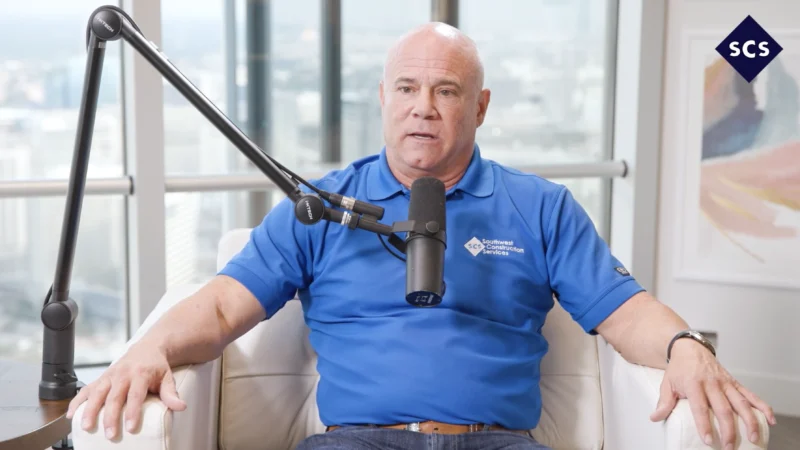Beyond the Concept: Crane Retrofits
Michael Maas, Senior Engineer, and Sergei Furduy, Principal Engineer at Concept Systems, Inc., joined Beyond the Concept’s Tyler Kern to discuss all things crane retrofits.
There are several instances where crane retrofits might come into play. Older cranes with aging parts are one example Maas offered.
“Also, if you want to gain more functionality out of something you already have,” Maas explained. “You can do a retrofit to make it easier to operate and be more in line with the processes that you see in the future, or even currently. And there are new crane retrofits too, so you can add it to your application however you need.”
Furduy explained that the return on investment and extension of the life, as well as the and functionality of a crane was the goal for any crane owner. However, ROI could take the shape of increased functionality for the crane or a retrofit to decrease downtime.
“For me, as an integrator, all of the factors are important,” Furduy said. “Downtime is, of course, the biggest issue for most of the older cranes. But the safety of operations is important as well. When you’re doing a retrofit, you don’t have to repeat the old design. You may choose, as Michael was saying, to get additional functionality that you’re crane never had before.”
Furduy added that Concept Systems is always available and happy to assist people looking to retrofit their cranes. Concept Systems can review options and explore all the possibilities to take into account when considering a crane retrofit.



